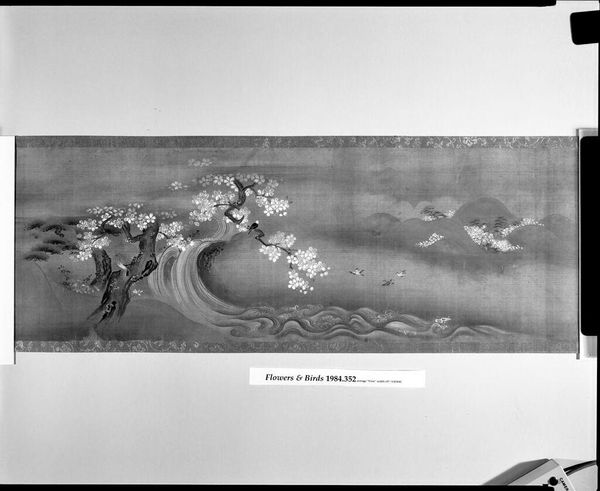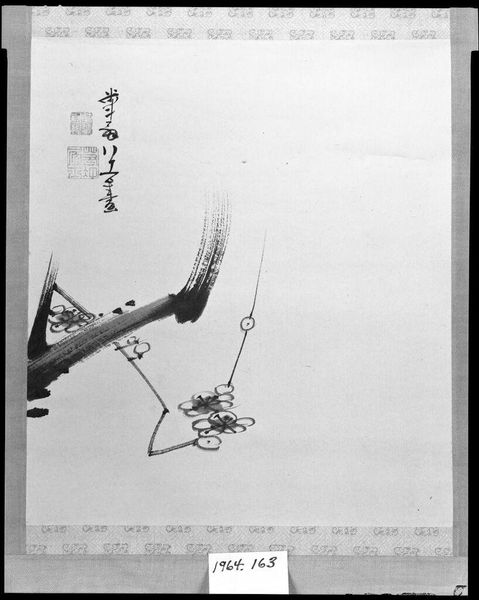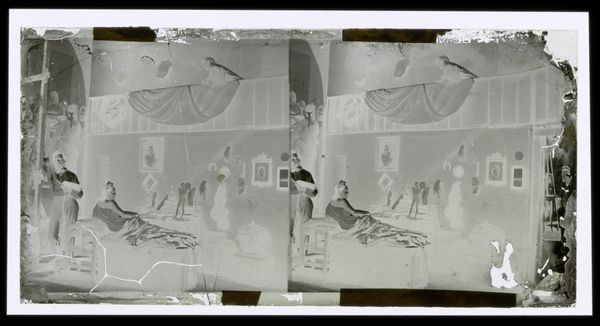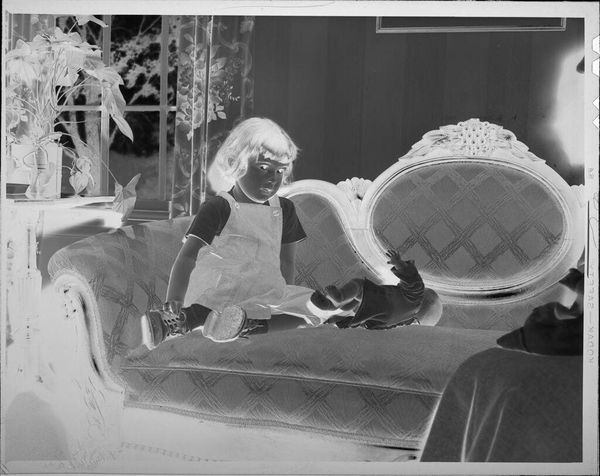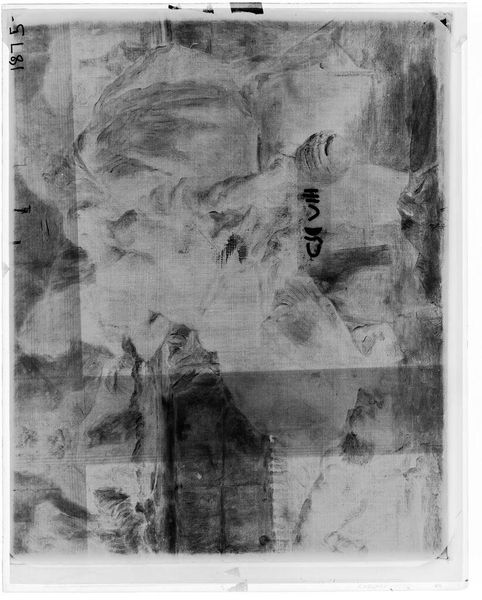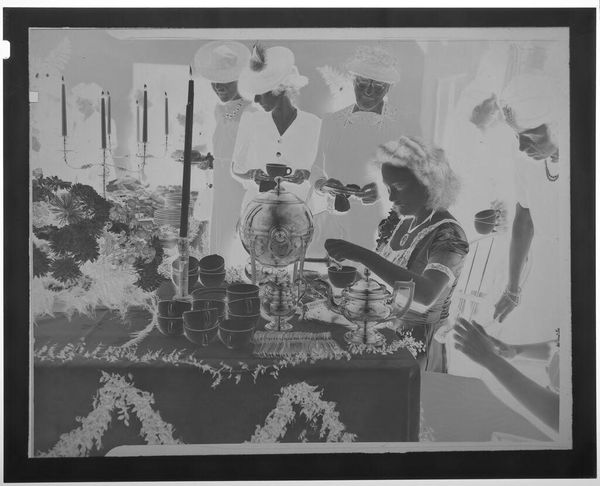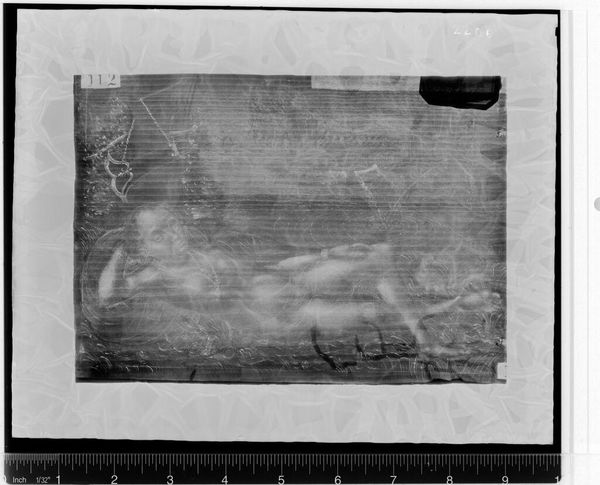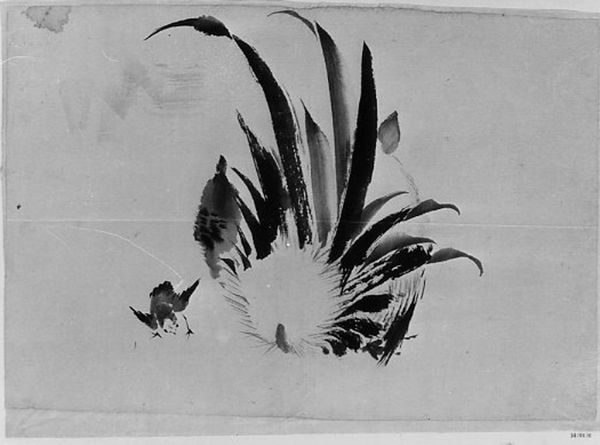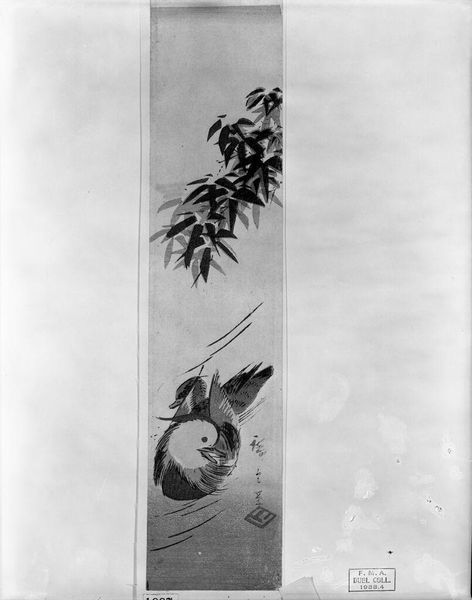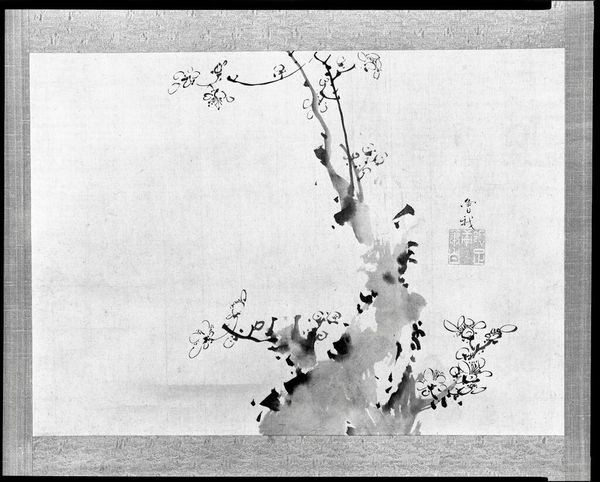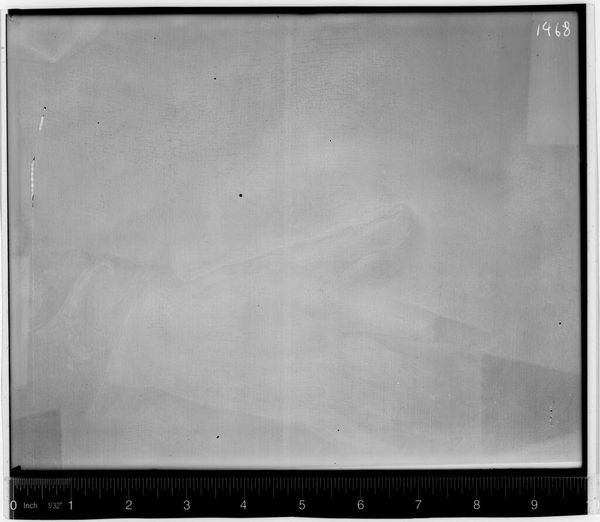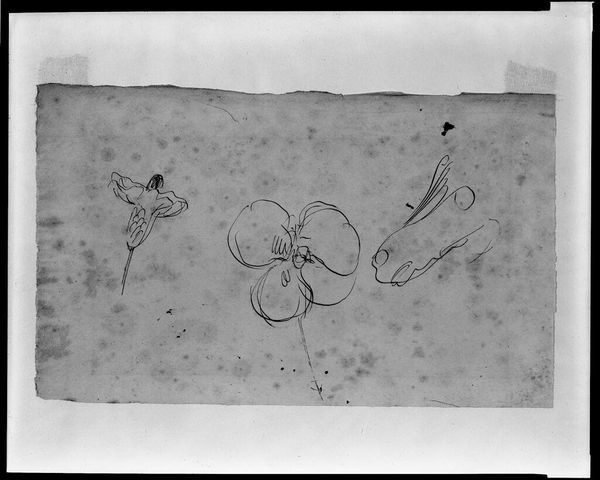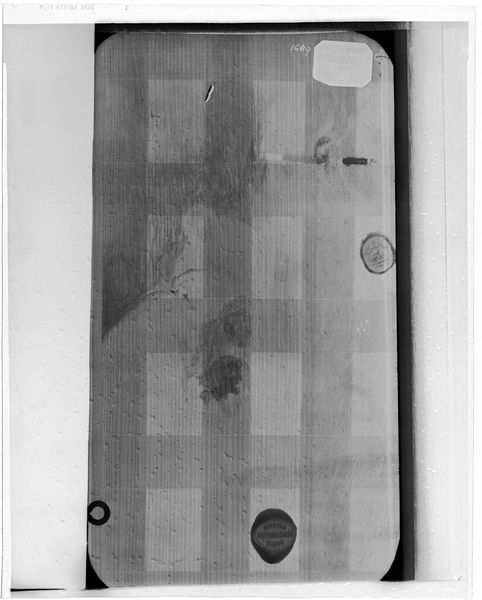
Broken-Ink Landscape (Haboku sansui zu) c. early to mid 17th century
0:00
0:00
Dimensions: H. 53.6 x W. 29.9 cm (21 1/8 x 11 3/4 in.)
Copyright: CC0 1.0
Curator: Kano Tan'yū's "Broken-Ink Landscape," also known as Haboku sansui zu, presents a seemingly spontaneous scene. The artist, born in 1602, masterfully employs ink washes to define the composition. Editor: The stark contrast and asymmetry create an almost unsettling mood, don't you think? It's a landscape of suggestion more than explicit depiction. Curator: Indeed, the Haboku style often reflects a Zen aesthetic valuing immediacy and intuition over realism. This links back to sociopolitical contexts where artists sought freedom of expression. Editor: Precisely. Notice how the varying densities of ink create spatial depth. The formal contrast between the solid foreground and misty background is compelling. Curator: By evoking a sense of raw nature, Tan'yū challenges conventions and hints at broader anti-establishment sentiments during a period of rigid social hierarchies. Editor: It makes me consider how our interpretation is mediated through the materiality and abstraction. Perhaps the "broken-ink" suggests a deliberate fragmentation of visual form itself. Curator: These differing viewpoints enrich the dialogue, offering insights into both the painting's sociohistorical depth and its immediate visual impact. Editor: Agreed. It's a testament to the power of suggestion through art.
Comments
No comments
Be the first to comment and join the conversation on the ultimate creative platform.
